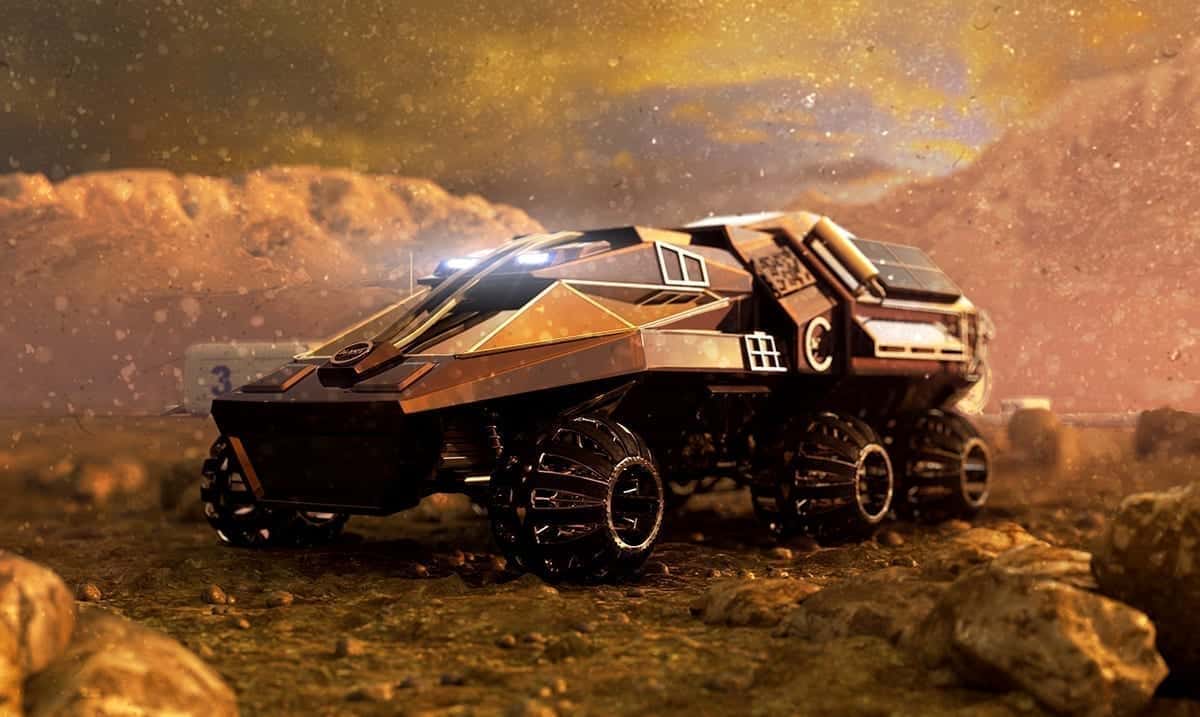NASA has successfully launched its latest Mars rover Perseverance and well this means big things. While we’ve had other rovers out there before, this one’s mission is very unique.
This specific Mars rover will be searching for signs of ancient microbial life. It will be collecting samples and sending those samples back to Earth as time passes and well, we don’t quite know what will end up being found just yet. This overall could prove in the future to uncover so much more than we can imagine now.
NASA wrote as follows on their launch:
Humanity’s most sophisticated rover launched with the Ingenuity Mars Helicopter at 7:50 a.m. EDT (4:50 a.m. PDT) Thursday on a United Launch Alliance (ULA) Atlas V rocket from Space Launch Complex 41 at Cape Canaveral Air Force Station in Florida.
“With the launch of Perseverance, we begin another historic mission of exploration,” said NASA Administrator Jim Bridenstine. “This amazing explorer’s journey has already required the very best from all of us to get it to launch through these challenging times. Now we can look forward to its incredible science and to bringing samples of Mars home even as we advance human missions to the Red Planet. As a mission, as an agency, and as a country, we will persevere.”
The ULA Atlas V’s Centaur upper stage initially placed the Mars 2020 spacecraft into a parking orbit around Earth. The engine fired for a second time and the spacecraft separated from the Centaur as expected. Navigation data indicate the spacecraft is perfectly on course to Mars.
Mars 2020 sent its first signal to ground controllers via NASA’s Deep Space Network at 9:15 a.m. EDT (6:15 a.m. PDT). However, telemetry (more detailed spacecraft data) had not yet been acquired at that point. Around 11:30 a.m. EDT (8:30 a.m. PDT), a signal with telemetry was received from Mars 2020 by NASA ground stations. Data indicate the spacecraft had entered a state known as safe mode, likely because a part of the spacecraft was a little colder than expected while Mars 2020 was in Earth’s shadow. All temperatures are now nominal and the spacecraft is out of Earth’s shadow.
When a spacecraft enters safe mode, all but essential systems are turned off until it receives new commands from mission control. An interplanetary launch is fast-paced and dynamic, so a spacecraft is designed to put itself in safe mode if its onboard computer perceives conditions are not within its preset parameters. Right now, the Mars 2020 mission is completing a full health assessment on the spacecraft and is working to return the spacecraft to a nominal configuration for its journey to Mars.
The Perseverance rover’s astrobiology mission is to seek out signs of past microscopic life on Mars, explore the diverse geology of its landing site, Jezero Crater, and demonstrate key technologies that will help us prepare for future robotic and human exploration.
“Jezero Crater is the perfect place to search for signs of ancient life,” said Thomas Zurbuchen, associate administrator for NASA’s Science Mission Directorate at the agency’s headquarters in Washington. “Perseverance is going to make discoveries that cause us to rethink our questions about what Mars was like and how we understand it today. As our instruments investigate rocks along an ancient lake bottom and select samples to return to Earth, we may very well be reaching back in time to get the information scientists need to say that life has existed elsewhere in the universe.”
The Martian rock and dust Perseverance’s Sample Caching System collects could answer fundamental questions about the potential for life to exist beyond Earth. Two future missions currently under consideration by NASA, in collaboration with ESA (European Space Agency), will work together to get the samples to an orbiter for return to Earth. When they arrive on Earth, the Mars samples will undergo in-depth analysis by scientists around the world using equipment far too large to send to the Red Planet.
This rover is set to spend around one or two Earth years on Mars which would be one Mars year exploring the planet as a whole. This interesting rover won’t land until February 2021 and so between now and then, this rover has a long journey ahead of itself. This rover and its experience for entry, descent, and so forth will provide us with a lot of information as is for how we treat the planet in the future and how we advance certain technologies.
To learn more about all of this take a look at the video below. While this launch was monumental we won’t know whether or not it will truly pay off for a good while. That having been said, we all have high hopes for what is to come.

